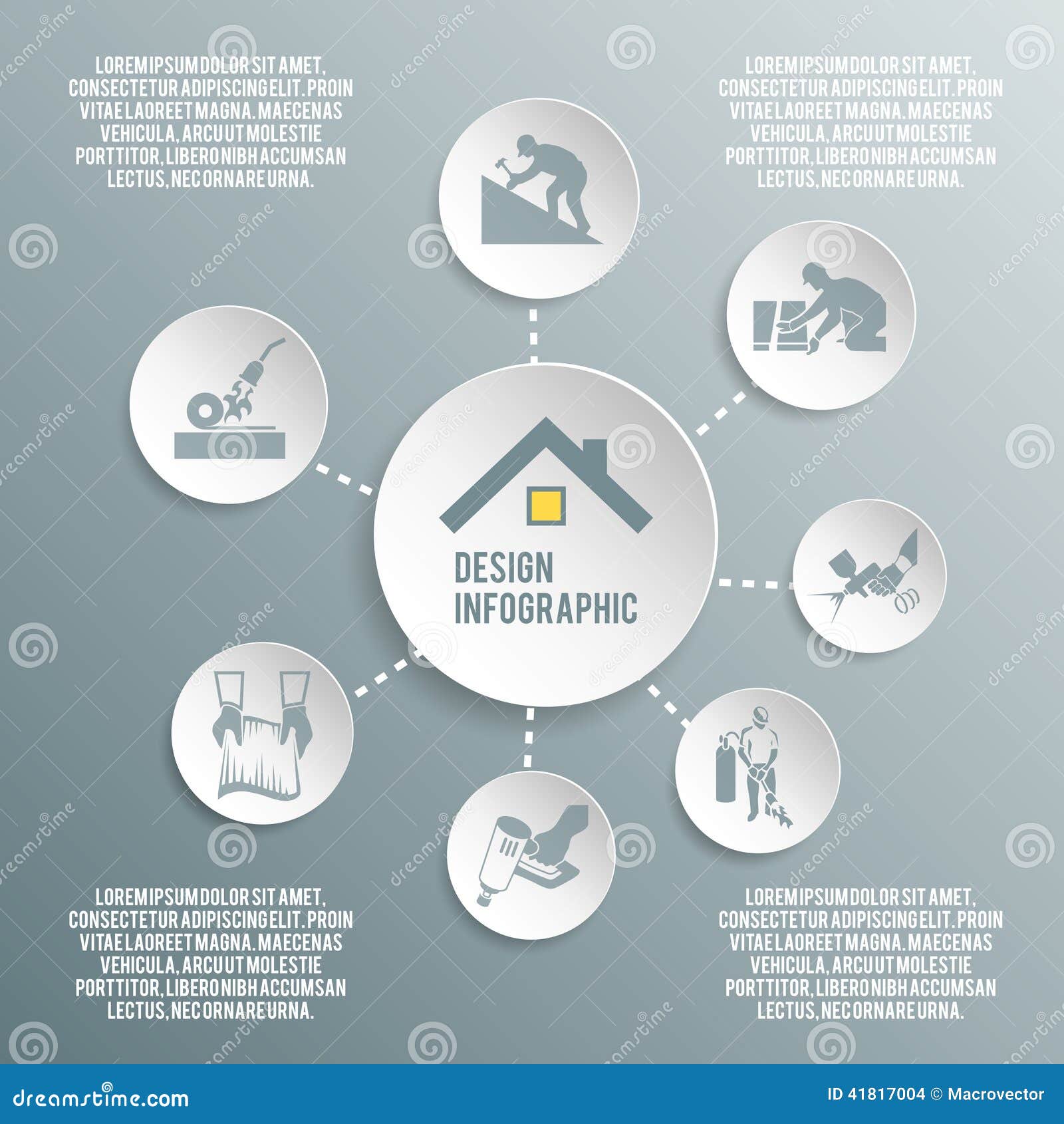Solar Power Vs. Traditional Energy Sources: A Comprehensive Contrast
Solar Power Vs. Traditional Energy Sources: A Comprehensive Contrast
Blog Article
Web Content Composed By-Kirkeby Bolton
When analyzing the stability of solar energy versus standard energy resources, you may find yourself pondering the long-term sustainability and effect on your funds. The intricate equilibrium in between first costs, recurring expenses, and ecological effects elevates sixty-four-thousand-dollar questions regarding the future of power generation. As you navigate through the complexities of this contrast, a deeper understanding of the subtleties in cost-effectiveness, environmental stewardship, and energy safety and security awaits exploration.
Cost-Effectiveness Comparison
When comparing the cost-effectiveness of solar energy with standard energy resources, it comes to be obvious that preliminary financial investment distinctions play a crucial function in establishing long-lasting savings.
While solar energy systems require a greater in advance investment for installation and devices, they supply considerable lasting benefits that can exceed the first prices. The key lies in understanding that solar power systems have minimal ongoing operational and maintenance expenditures contrasted to conventional power sources like fossil fuels.
By investing in home solar system installers , you can potentially save on utility bills over the system's life-span. In addition, with improvements in innovation and decreasing installment prices, solar energy has actually become more accessible and affordable for home owners and organizations alike. These savings can build up gradually, offering a return on investment that goes beyond conventional power resources.
Additionally, solar energy systems provide the benefit of energy freedom and security versus varying energy prices. By using the power of the sun, you add to a cleaner environment and decrease your carbon impact. Welcoming solar power not only advantages your budget but also the earth over time.
Environmental Impact Analysis
Solar power presents a promising alternative to standard energy sources because of its considerably lower environmental impact. Unlike navigate to this website fuels that release unsafe greenhouse gases and contribute to air pollution, solar energy creates power without producing any type of discharges.
The procedure of harnessing solar energy involves capturing sunlight through solar panels, which does not launch any type of contaminants right into the atmosphere. solar energy equipment suppliers of discharges helps in reducing the carbon footprint connected with energy manufacturing, making solar energy a cleaner and a lot more lasting choice.
Furthermore, the use of solar energy contributes to conservation initiatives by reducing the need for limited resources like coal, oil, and gas. By depending on the sun's abundant and renewable resource resource, we can help maintain natural habitats, secure ecosystems, and mitigate the adverse effects of source extraction.
Integrity and Energy Landscape Assessment
For an extensive assessment of reliability and the energy landscape, it's necessary to assess how solar energy contrasts to traditional sources. Solar power is making headway as a trustworthy and sustainable power source. While conventional sources like coal, oil, and gas have been traditionally leading, they're limited and add to environmental degradation.
Solar power, on the other hand, is bountiful and sustainable, making it a more sustainable alternative over time.
In regards to integrity, solar power can be depending on weather conditions and sunshine availability. Nevertheless, innovations in innovation have actually led to the advancement of power storage services like batteries, enhancing the dependability of solar energy systems. Conventional sources, on the contrary, are susceptible to price variations, geopolitical tensions, and supply chain interruptions, making them much less trusted in the long term.
When analyzing solar installers in my area , solar energy uses decentralized power manufacturing, reducing transmission losses and boosting power safety. Standard sources, with their central power plants, are extra at risk to disturbances and need substantial infrastructure for circulation.
Final thought
To conclude, when comparing solar power to conventional energy resources, it is clear that solar energy supplies an affordable, environmentally friendly, and reliable choice. With marginal functional expenses, potential financial savings on energy expenses, and a significantly lower environmental impact, solar energy is becoming a more sustainable and safe and secure choice. Welcoming solar energy can help reduce greenhouse gas discharges and add to conservation initiatives, making it a compelling choice for the future.
